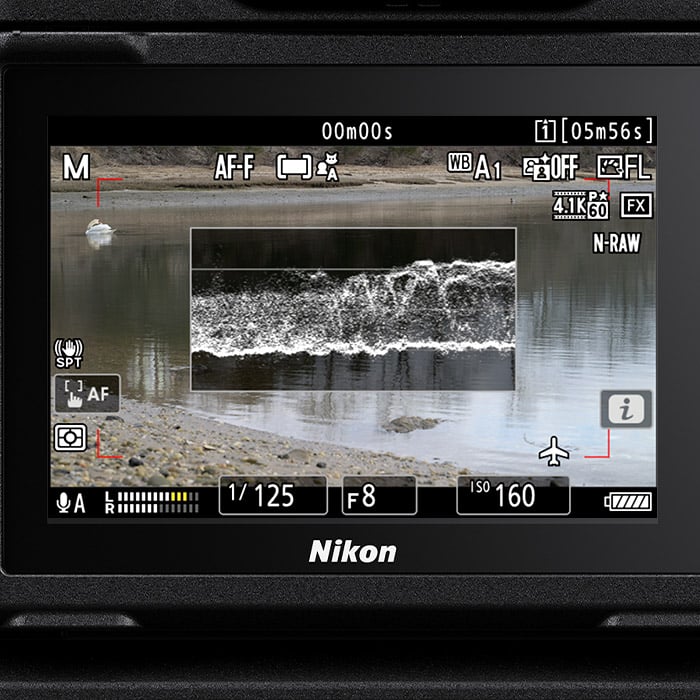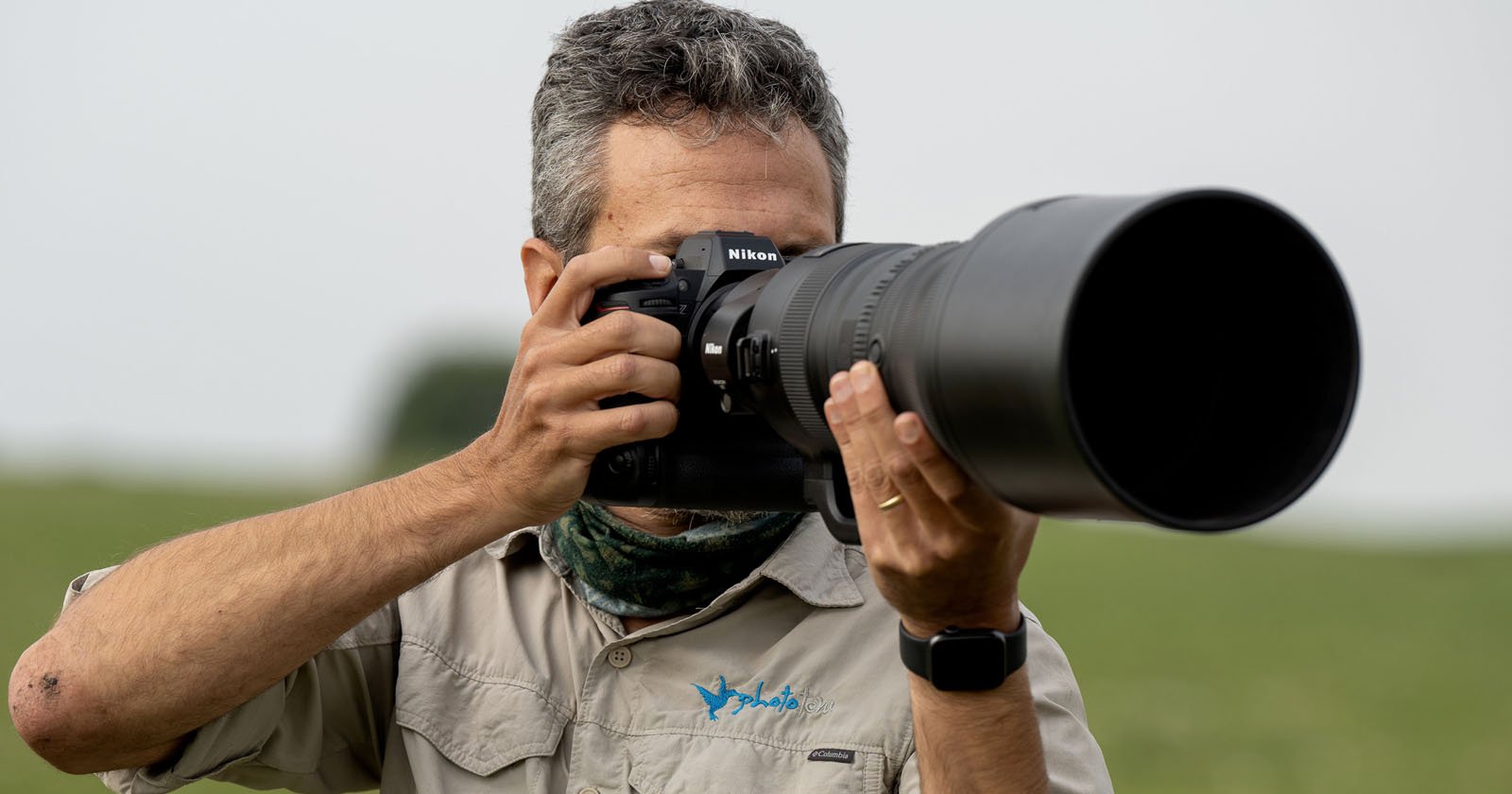No Camera Has Received Better Free Firmware Than the Nikon Z9
With firmware version 5.10 launching earlier this month, Nikon has made its flagship Z9 mirrorless camera, released in late 2021, even better. The new firmware is the latest in a long series of free post-launch updates that have made the Z9 even better and much more versatile. Many camera companies believe strongly in post-launch support, but arguably, no camera has benefited more from free firmware updates than the Z9.
The list of firmware updates and improvements on the Nikon Z9 firmware page, truncated as it is with each new release, is very lengthy. Getting through the various bug fixes, improvements, and new features takes a while. However, it is worth taking a short trip down memory lane to recap the most significant changes Nikon has made to the Z9 since it hit store shelves and landed in photographers’ hands.
The first colossal update arrived about four months after the Z9’s release. Firmware 2.0 brought internal 12-bit RAW video recording at up to 8K/60p, oversampled 4K/60p video, pre-release photo capture, a red “REC” frame indicator, waveform monitoring, a new video info display, improved manual control, motion blend composite shooting, 20 new custom wide-area AF selection patterns, improved electronic viewfinder performance, better auto exposure, better automatic white balance, and much more. The update was so significant that PetaPixel argued that Nikon could have conceivably released them as the meat and potatoes of a Nikon Z9 Mark II camera.

Not only has Nikon not released a Z9 II yet — although it’s reasonable to expect one to arrive in the near future — but the company has continued providing photographers and videographers with significant new features via free firmware updates.
About six months after the sequel-level update, Nikon dropped firmware 3.0 for the Z9. This added nearly 20 new features to the camera, including improved autofocus performance in low light, better custom control functionality, High-Res Zoom for video, continuous APS-C (DX) crop shooting at 60 frames per second, high-frequency flicker reduction for video (firmware 2.1 added it for photography, by the way), improved flash control, support for FTPS protocol, and more.

In June 2023, firmware 4.0 arrived and turned the Z9 into a smart camera trap. The new Auto Capture feature, which has since been expanded to include more subjects in subsequent firmware updates, enables the Z9 to automatically capture images with specific settings when the camera “sees” a particular subject or detects motion. Users can set up the Z9 to capture still images or video when specific criteria are met, including motion or subject detection.
“This feature allows the user to shoot remotely and without having to manually determine the timing of shooting/recording, enabling more freedom to perform other tasks, or to leave their camera outside in places they cannot remain for extended periods of time, such as when recording wild animals,” Nikon explained at the time.

Firmware 5.0 earlier this year expanded the Auto Capture feature with more controls and settings. It also added DX compatibility, a new drive mode for continuous shooting, frequency presets for flicker reduction, and a new Rich Tone Portrait Picture Control, which includes Portrait Impression Balance and Skin Softening settings.
Version 5.10 released earlier this month added shutter angle control to the Z9, a massive win for videographers, plus laid the groundwork for Frame.io Camera to Cloud support via Nikon’s NX MobileAir app. The new update also added the option for users to customize the color of the zebra pattern display and the transparency and display position of brightness information displays such as histogram and waveform monitors. These are all big wins for users, even if they aren’t jaw-dropping performance improvements.
By and large, Nikon’s approach with Z9 firmware support is to make the Z9 a better, more performant, and more pleasant camera for photography and videography. The company has described itself as “passionate” about firmware updates, and it’s a fair characterization.
Some features, like 12-bit internal 8K/60p RAW recording and better autofocus performance, are game-changers for many users. Others, like Auto Capture, are more niche but still incredible additions. Many more changes since the Z9’s launch are relatively minor, but all combine to improve the Z9 as an image-making tool for professionals. Very few aspects of the Z9 have gone untouched since launch, and that’s not an indictment of the camera’s quality at launch — it was spectacular — but rather a testament to Nikon’s approach with the Z9, one no doubt inspired in part by the company’s need to improve in the mirrorless age.
One cannot forget the RED-developed LUTs Nikon added to its N-Log compatible cameras, either. These LUTs are superb and make the Z9 an even better video camera than before.
Perhaps in part because Nikon got off on the wrong foot with its Z system, or maybe because the company simply cares deeply about its customers because it’s the right thing to do — it’s almost certainly a bit of both — Nikon has become the class-leader in camera firmware support.
Other companies do great firmware work, too. Fujifilm comes to mind, for example. However, Nikon has taken it up a notch with the Z system and the Z9 in particular.
Digital cameras rarely improve with age, but the Nikon Z9 undoubtedly has. It was already a good value at launch, priced at $5,500. Three years and many significant firmware updates later, the now-$5,000 camera is even better. Sure, the Z9 hasn’t gotten a sequel in name yet — there’s no Z9 II — but it has become every bit the camera the Z9 II would have been, and all without any additional cost or paid software upgrade.
Image credits: Featured image created using asset licensed via Depositphotos.